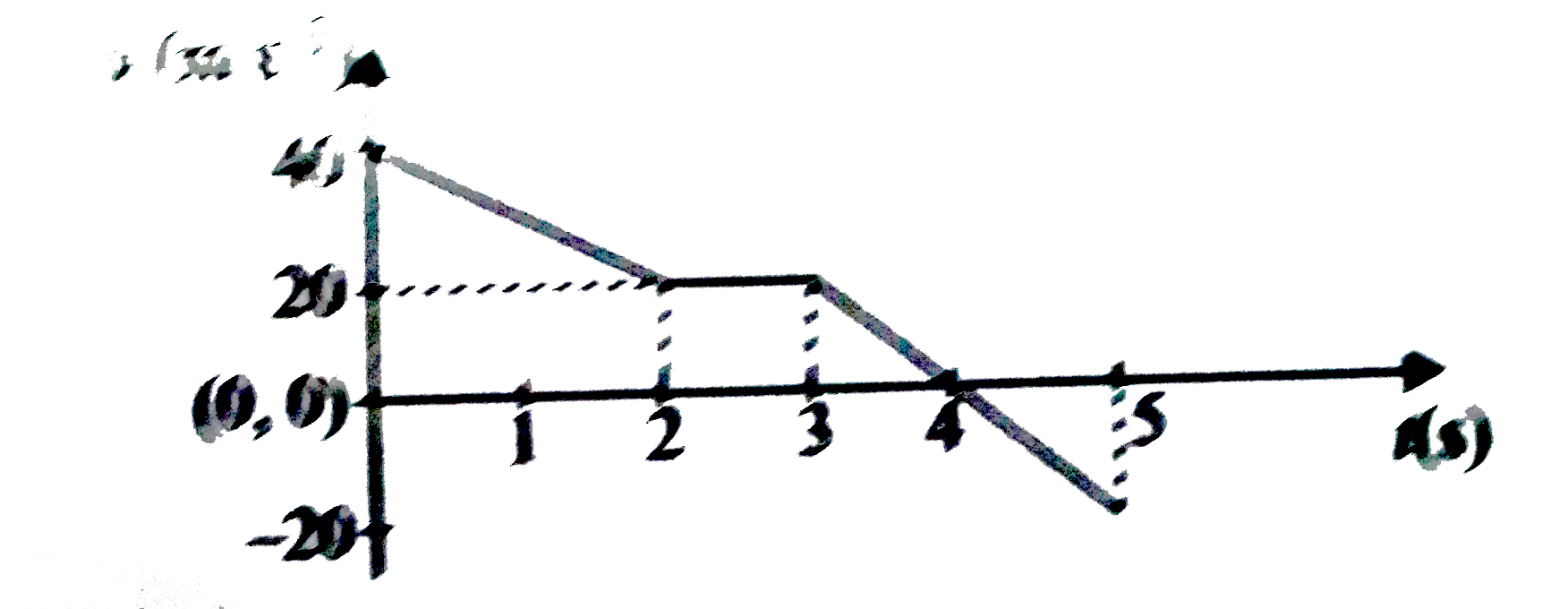how fast is an electron moving if it has a wavelength equal to the distance travelled in one second ?
λ=hp
λ=hm
λ=√hp
λ=√hm
The correct Answer is:D
Acc to schrodinger model e− behave as wave only.
Topper's Solved these Questions
- BOOK - ALLENCHAPTER - ATOMIC STRUCTUREEXERCISE - Exercise - 0321videos
ATOMIC STRUCTURE
- BOOK - ALLENCHAPTER - ATOMIC STRUCTUREEXERCISE - Exercise - 04[A]49videos
ATOMIC STRUCTURE
- BOOK - ALLENCHAPTER - ATOMIC STRUCTUREEXERCISE - Exercise - 0138videos
ATOMIC STRUCTURE
- BOOK - ALLENCHAPTER - IUPAC NOMENCLATUREEXERCISE - Exercise - 05(B)7videos
IUPAC NOMENCLATURE
Similar Questions
Knowledge Check
- Question 1 - Select One
In the given v-t graph the distance travelled by the body in 5 seconds will be
 A100 mB80 mC40 mD20 m
A100 mB80 mC40 mD20 m
A body starting from rest has an acceleration of 5m/s2. Calculate the distance travelled by it in 4th second.
View SolutionIf the distance travelled by a freely falling body in the last second of its journey is equal to the distance travelled in the first 2s, the time of descent of the body is
View SolutionA freely falling body traveled xm in nth second distance travelled in n−1th second is
View SolutionA body starting from rest has an acceleration of 4ms−2 . Calculate distance travelled by it in 5th second.
View SolutionA particle is moving 5 times as fast as an electron. The ratio of the de-Broglie wavelength of the particle to that of the electron is 1.878×10−4 . The mass of the particle is close to :
View SolutionIf body having initial velocity zero is moving with uniform acceleration 8m/sec2 the distance travelled by it in fifth second will be
View SolutionConsider a particle intially moving with a velocity of 5 m s−1 starts decelerating at a constant rate of 2 m s−2.
a. Determine the time at which the particle becomes stationary.
b. Find the distance travelled in the second second.
c. Find the distance travelled in the third second.View Solution

